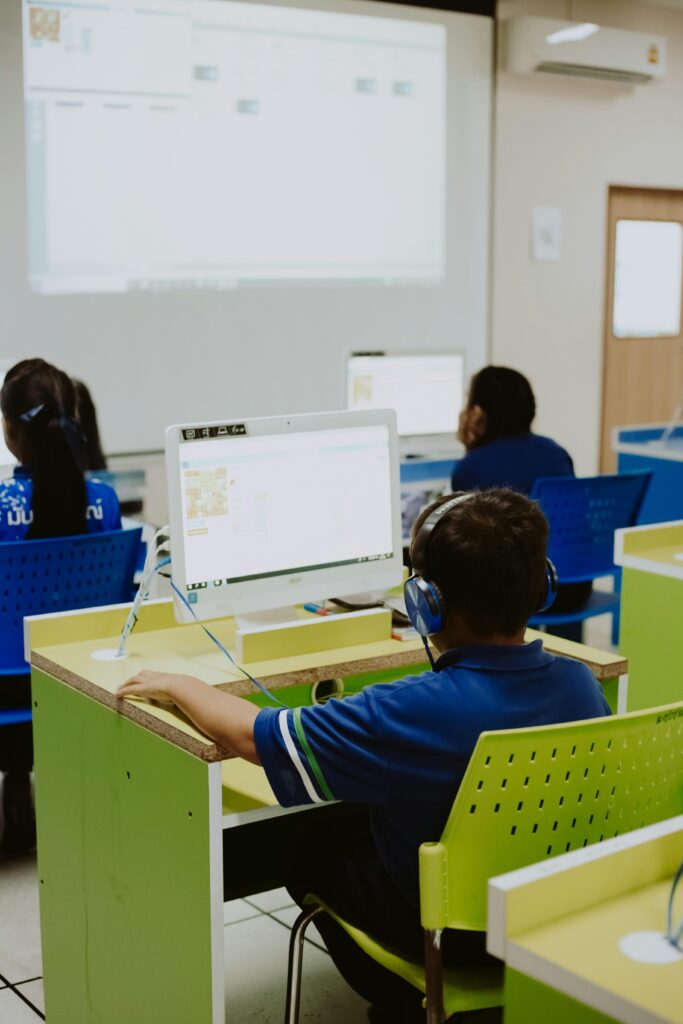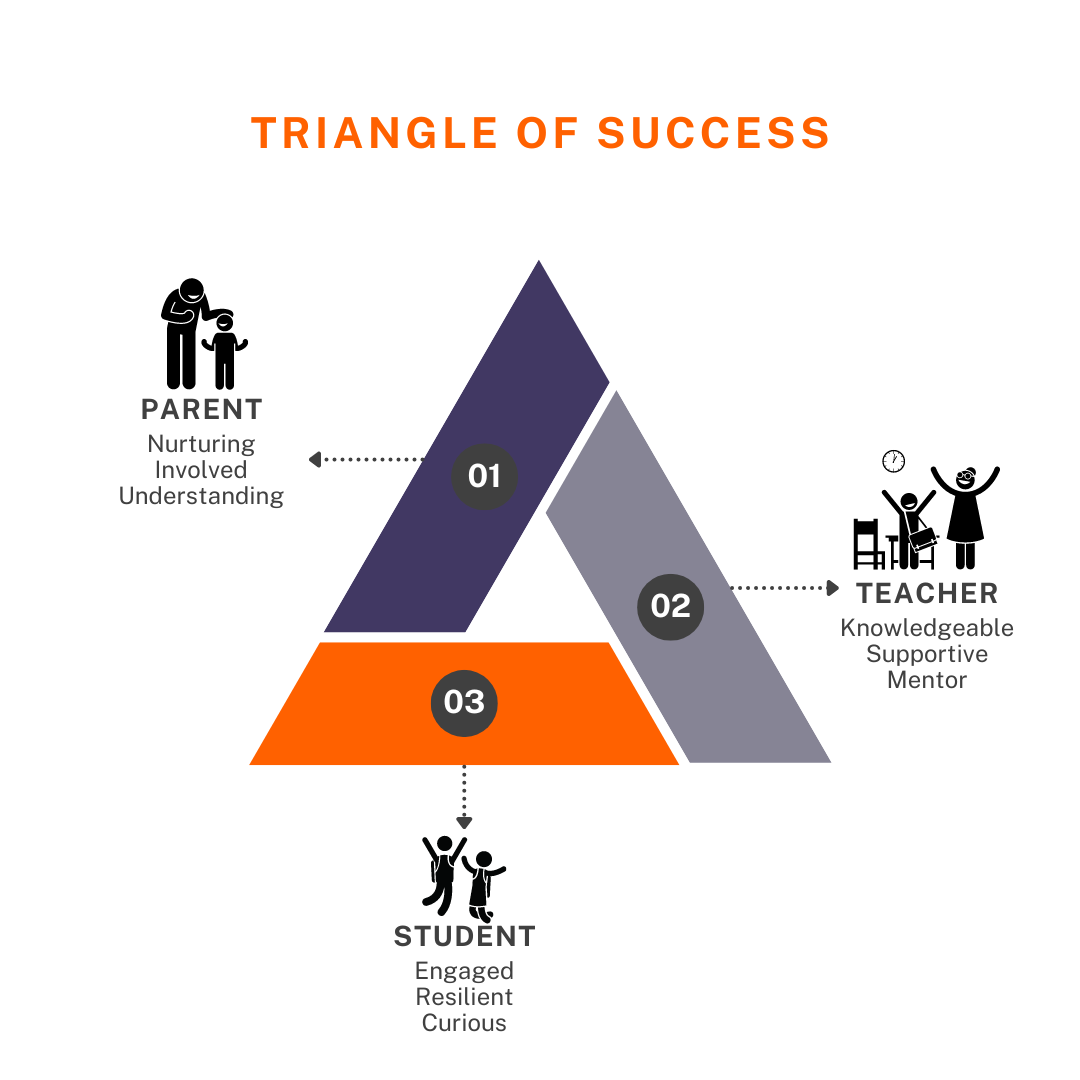The Impact of Technology on Learning: What Parents Should Know
When schools closed during the early months of COVID-19, the world of education changed overnight. For four months, from March through July, I taught my classes online, trying to deliver quality lessons while navigating new challenges. I quickly realized there were two types of students: those who were naturally engaged and motivated, and those who, frankly, disengaged entirely.
In a physical classroom, I’ve always relied on strategies to help struggling students refocus and participate. Online, those tools were harder to implement. While I enjoyed the lighter expectations during the lockdown, I couldn’t ignore the long-term impact it had on many students.
Since COVID, technology in education has only grown. Teachers, myself included, have embraced platforms like Microsoft OneNote to streamline lessons and keep materials accessible. While these tools bring undeniable benefits, they’ve also led to exponential increases in screen time for students—sometimes at a cost.

Technology’s Double-Edged Sword
Technology has revolutionized education, offering students unprecedented access to resources and personalized learning opportunities. However, it has also introduced new challenges, particularly for students who struggle with self-discipline, focus, or balancing screen time.
Advantages of Technology in Education

- Accessibility to Resources:
Students today have a wealth of learning platforms at their fingertips. Resources like:- MyiMaths: Offers interactive lessons and self-assessment tools for mathematics, allowing students to practice at their own pace.
- Doctor Frost Maths: A free platform with high-quality resources for students at all levels, perfect for both independent learning and teacher-led lessons.
- Save My Exams: Provides exam-style questions and detailed answers, helping students prepare effectively for GCSE and A-level exams.
- Engagement Through Gamification:
Platforms like Times Table Rock Stars gamify learning, turning rote memorization into an interactive and fun activity. This approach can be especially effective for younger students, making learning feel more like play. - Personalized Learning Paths:
Tools like Revision Village focus on IB mathematics and allow students to work through topic-based questions with detailed video solutions, catering to their individual weaknesses and strengths. - Increased Collaboration:
Tools like Microsoft OneNote enable students to collaborate with peers and teachers in real time, even outside of the classroom.
Disadvantages of Technology in Education

A teacher guides a student through assembling a robotics project, emphasizing teamwork and hands-on learning.
- Screen Time Overload:
Post-COVID, I’ve noticed a sharp increase in students’ screen time. While some screen use is productive, excessive time in front of a device has hurt students’ focus and attention spans. This was particularly evident in mathematics, where average or struggling students never fully recovered after the pandemic. - Reduced Face-to-Face Interaction:
Many students miss out on the social and interpersonal skills gained through in-person learning. Platforms like Classify, which allow students to share and discuss academic resources, are helpful but cannot replace organic, face-to-face discussions. - Overreliance on Tools:
While resources like Save My Exams and Doctor Frost Maths are valuable, they can encourage passive learning if students rely too heavily on pre-made solutions instead of developing their problem-solving skills. - Digital Distractions:
With learning tied to devices, students are more prone to distractions. Social media, games, and other apps compete for their attention, making it harder to stay focused on educational tasks.
What Can Parents Do?

As technology continues to evolve, parents play a crucial role in helping their children navigate its advantages and disadvantages. Here are some tips to ensure technology is a positive force in your child’s education:
- Monitor Screen Time:
Encourage breaks from screens and establish clear limits for recreational versus educational use. - Encourage Active Engagement:
Choose platforms that promote active learning, like Doctor Frost Maths, which requires problem-solving, over passive resources like recorded lectures. - Balance Technology with Traditional Methods:
Encourage students to use textbooks, handwritten notes, and in-person study groups to complement their digital learning. - Communicate with Teachers:
Stay in touch with your child’s teachers to understand which platforms they’re using and how you can support your child’s learning at home. - Model Healthy Tech Habits:
Show your child that technology can be a tool rather than a distraction by using it purposefully and taking breaks from screens yourself.
Looking Ahead

There’s no denying the impact technology has had on education—both for better and for worse. Tools like MyiMaths, Doctor Frost Maths, and Revision Village offer incredible opportunities for students to learn and grow. However, as I saw during the pandemic, the shift toward online learning isn’t without its challenges.
The key lies in balance. Technology should be a tool to enhance learning, not replace the human connection and strategies that make education so impactful. With the right balance, students can reap the benefits of digital tools while staying engaged and grounded in their learning.
As parents, your guidance can help your child navigate this landscape, ensuring technology serves as a stepping stone rather than a stumbling block on their educational journey.




